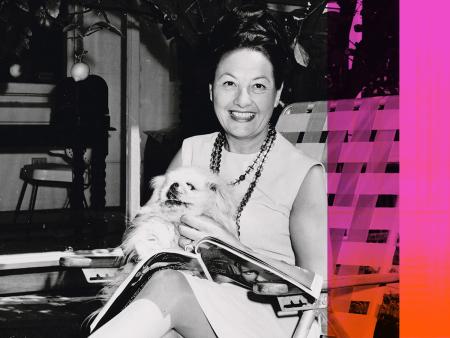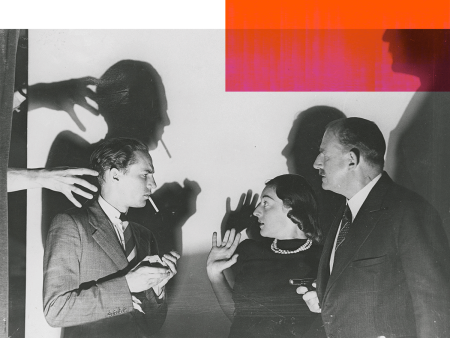Throughout the Golden Days: 1920s-1960s, everyday Australians switched on household radio sets for their daily doses of entertainment. Hear from curators and specialists in soaps, thrillers and Grace Gibson serials as they break down the essential moments of radios’ Golden Days era in these excerpts from the new podcast Who Listens to the Radio?
This feature is part of the NFSA's Radio 100 celebrations.
Who Listens to the Radio? is available here or wherever you listen to podcasts.








